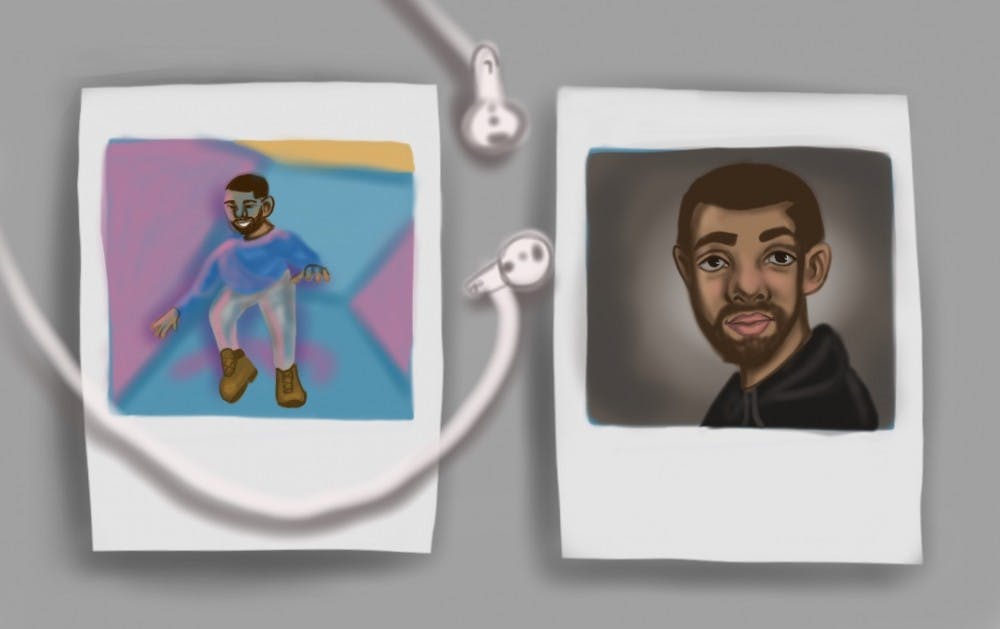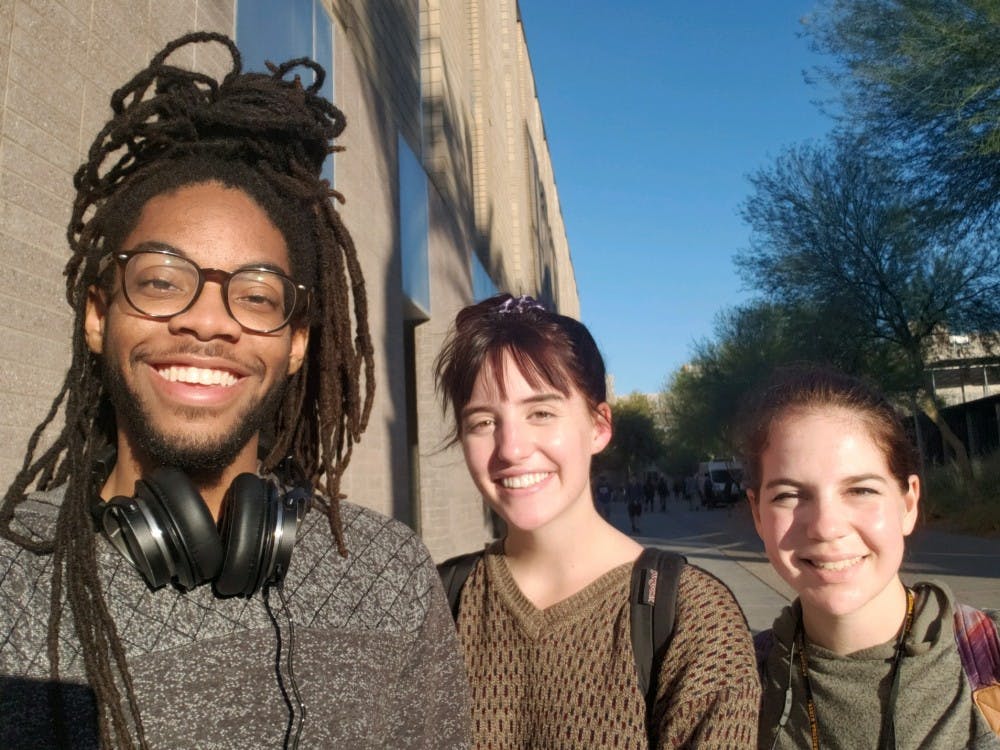Amid recent allegations surrounding artists in the world of music, film and literature, ASU affiliates have been contemplating a recurring question: Is it really possible to separate the art from the artist?
While this question seems to pertain only to the industry at large, some students at ASU are trying to bring the conversation to campus.
The Music Industry Club, MIC, at ASU encourages having these kinds of difficult discussions, which have been a focus at recent meetings.
Sophomore film major Yvette Navis, VP of marketing for MIC, said that, “art is one with the person." Other club members said they agreed with that notion.
"These issues came up in the past and were pushed under the rug," said Baylee Hough, vice president of communications for MIC and sophomore studying digital culture. "It seems like now people are like, ‘Okay, just because this person is an icon, doesn't mean they should get away with it.'"
At a time when revelations are coming out of the #MeToo movement and Times Up regarding artists' misconduct, it has drawn into question whether or not fans should continue supporting works that come from controversial artists.
The issue is not only about artists acting out of turn, but the people who stand behind them and allow allegations to be swept aside, said Russell Prim, president of MIC and sophomore majoring in global studies.
“With the R. Kelly thing, for decades, he's been doing things like this, and his collaborators, they often know about it as well," said Prim, adding that all parties complicit in an artist's transgressions should be held accountable. "People have been keeping their mouths shut as well to maintain that icon status. You know, it's not just one person. They have a whole entourage.”
While each case is unique and therefore subject to individual assessment, there are factors that can influence how people react to cases such as those involving R. Kelly, Drake and controversial rapper XXXTentacion.
"When the artist is someone you've looked up to, it's hard to admit,” Hough said.
It is often that personal connection and level of sentimentality that preclude people from fully condemning an artist, Navis said.
With this knowledge weighing on fans, it can be harder to enjoy the art in the capacity they did before, she said.
"Separating the art from the artist – it's not a process that's as black and white as we can make it seem because these figures, these objects, these ideas, these people, they all hold a space in our life," Prim said. "And we often dictate how much they hold that space, but when it comes down to making a moral decision for yourself not just society, that's when it becomes muddled.”
While some students believe it can be difficult at times to put previously held beliefs about an artist aside – particularly one you've looked up to – the MIC members agreed that it needs to be done.
Ian Moulton, a professor of english and cultural history in the College of Integrative Sciences and Arts, said media consumers nowadays like to know the ins and outs of the lives the celebrities they admire.
"People tend to idealize people who create things they like, and they want to approve of the people who made the things as much as they approve of the thing," Moulton said.
However, artists can be punished for doing something wrong without censoring their work, he said.
For deceased artists, the distinction is more straightforward because appreciating their art does not put money in their pocket, he said. But the issue is a little more complex for artists that are still alive, because they are still around to financially benefit from their art, he said.
Peter de Marneffe, a professor of philosophy at ASU, said that while an artists and their work are separate, what an artist does outside their art can affect how we interpret their art.
“So suppose we watch Woody Allen movies because we think that Woody Allen is expressing a certain kind of wisdom, and we like being in the company of a person who is wise in the way that Woody Allen is," said de Marneffe. "Now, we come to believe Woody Allen is not wise because of his behavior offscreen, then that can interfere with our valuing the work in the way we did before because we can no longer find in it what we were looking for.”
Ultimately, he said, how people react to artists' wrongdoings is a question of how closely they associate the artist with the works they produce.
"An artist's work reflects their choices," said de Marneffe. "And we can evaluate those choices whether the person is alive or dead."
Reach the reporter at snalcan1@asu.edu and follow @SarahAlcantar on Twitter.
Like The State Press on Facebook and follow @statepress on Twitter.





